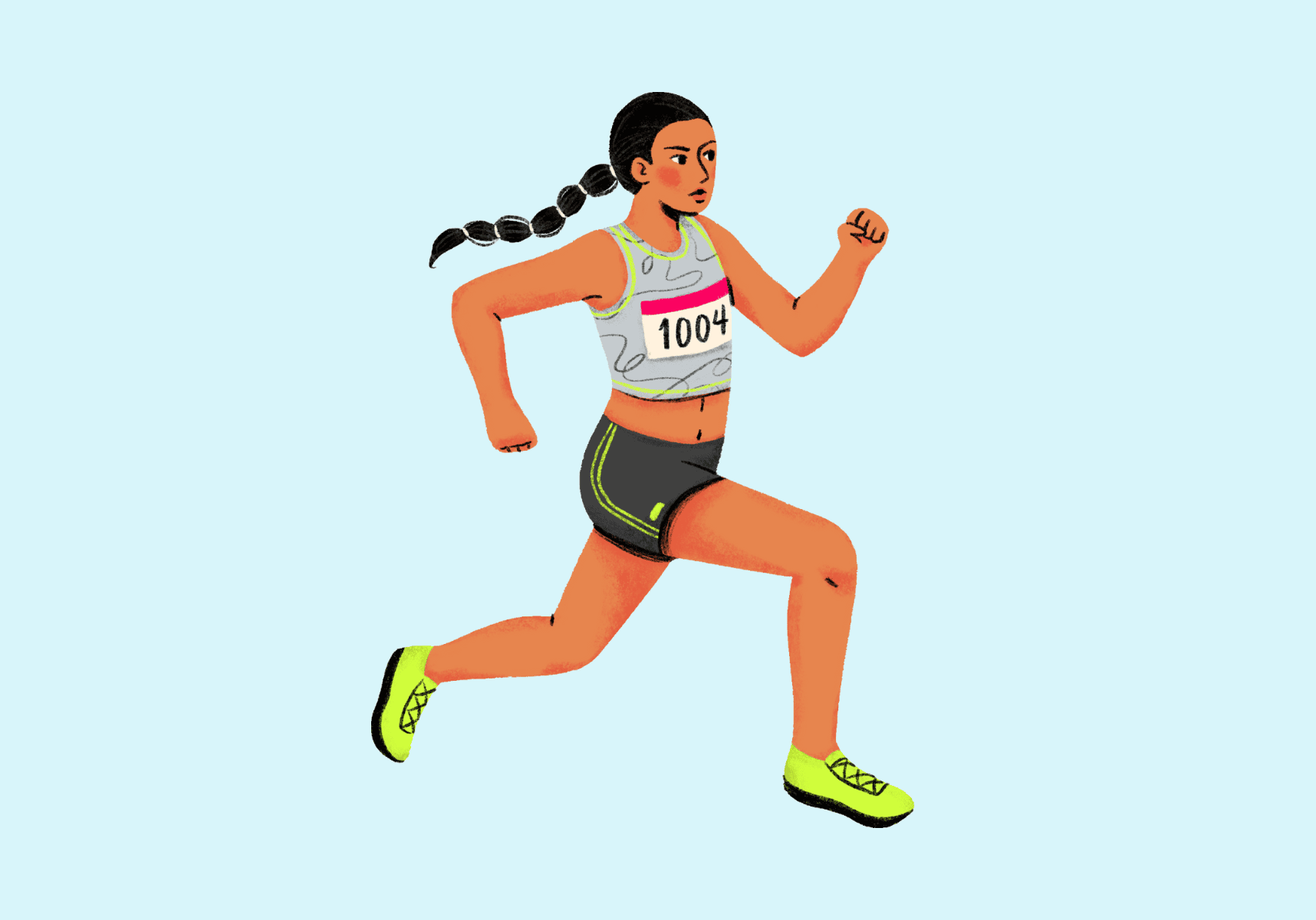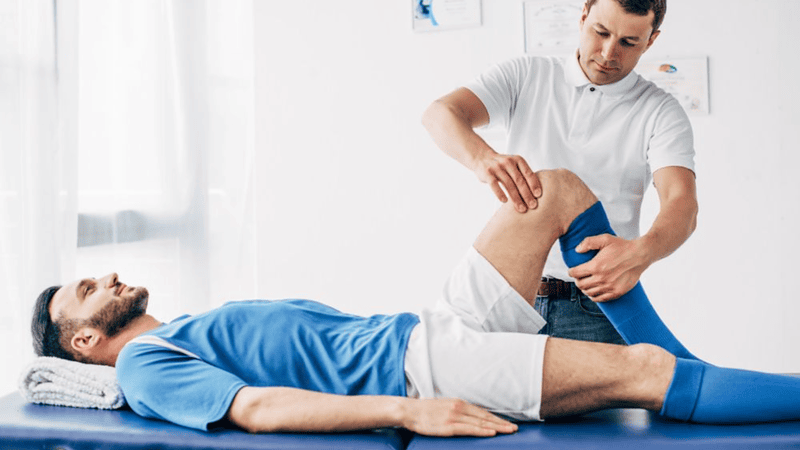
Yoga for Athletes
Elevating Athletic Performance and Well-being - By Ansh Singh
Reading time: 3 minutes
Athletes are always pushing their bodies to absolute limit since they work hard towards the assurance of excellent performance each time. In spite of that, perpetual physical exertion can deteriorate to the point of injuries, muscle tightness, and mental exhaustion. Yoga in college athletic training can be a catalyst; it helps not only physical performance but also mental strength and health.
Improved Flexibility and Range of Motion:
Among the many positive contributions of yoga to athletes, enhanced flexibility and moving range top the list. When yoga is performed, the body achieves a set of postures (asanas) that can stretch and lengthen the muscles, tendons, and joints calmly. This increased mobility may then bring about optimal athletic performance by reducing the risk of injuries and improving the effectiveness of the movement.
Ex- a basketball player who can jump higher as a result of improved hamstring flexibility and a soccer player with greater hip and ankle mobility, which will make him change directions on the field faster and more efficiently.
Injury Prevention and Recovery:
Moreover, the gentle stretching and strengthening exercises in yoga can facilitate injury recovery by boosting circulation, lowering inflammation levels, and replenishing range of motion. This is especially useful for athletes who may be recovering from sprains, strains, and tears of muscles and tendons.
Improved Core Strength and Balance:
Enhanced Breathing and Mindfulness:
As well as this, diaphragmatic breathing will help increase endurance and stamina by improving oxygen delivery to the muscles and by facilitating the conversion of energy.
Mental Resilience and Focus:
The disciplines of yoga besides being good for a healthy body, also develop mental strength and stability of mind. On the other hand, through combining physical positions, breathing exercises, and meditation techniques, athletes have the opportunity to access better body awareness, concentration and mental toughness.
This inner strength is strongly needed in high-tension occasions, for example, competitions, major games moments, where it helps to keep ones cool, remove distractions and play in the best manner.







